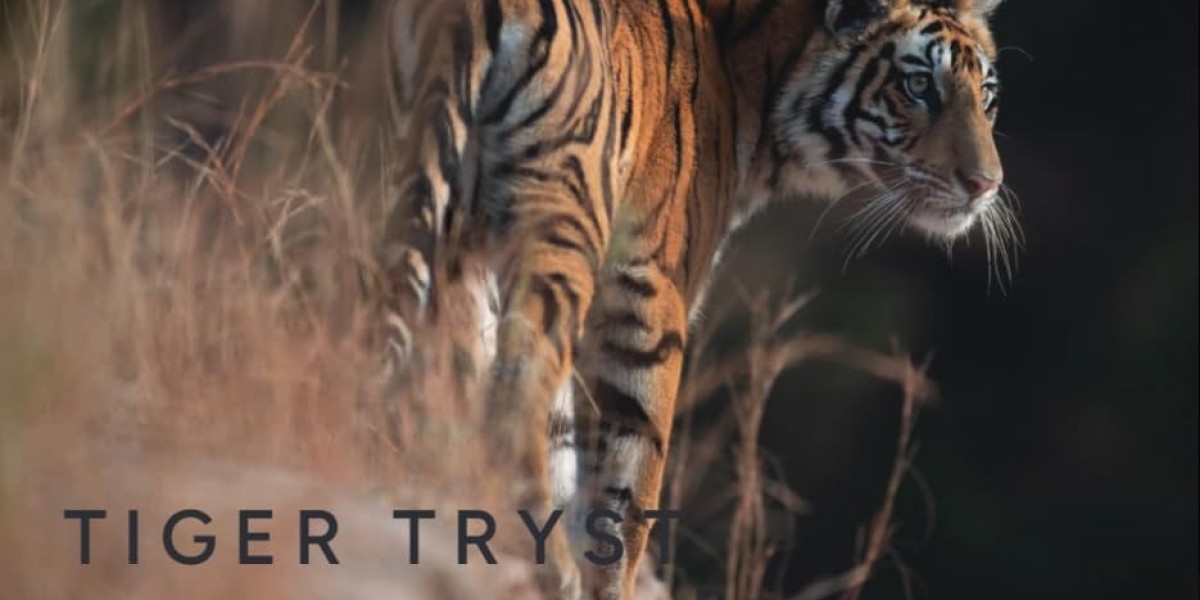As the sun sets over the dense forests of India, the silhouette of the Bengal tiger—a symbol of power, beauty, and wilderness—fades into the shadows. This majestic creature, featured prominently in Dr. Param Sandhu's Tiger Tryst: A Fine Romance, is teetering on the brink of extinction, and its potential disappearance raises profound questions about the future. What does the loss of such an iconic species mean for future generations? What are the far-reaching implications of species extinction on the world they will inherit?
The Legacy of Loss
The extinction of a species like the Bengal tiger is not just the loss of a single animal; it represents the collapse of an entire web of life that future generations may never experience. The world is currently facing a biodiversity crisis, with species disappearing at an alarming rate due to human activities such as deforestation, pollution, and climate change. The disappearance of tigers from our planet would signify more than just the loss of a predator—it would mark the end of a complex and interconnected ecosystem that has evolved over millions of years.
In Tiger Tryst, Dr. Sandhu vividly captures the essence of these ecosystems, where every species plays a crucial role in maintaining balance. The extinction of tigers would set off a domino effect, leading to the overpopulation of prey species, the degradation of vegetation, and the disruption of entire ecosystems. This ecological imbalance could have unforeseen consequences, not just for wildlife but for human populations as well.
A Future Without Tigers: Cultural and Moral Implications
Beyond ecological consequences, the extinction of tigers would leave a profound cultural and moral void. Tigers are not only a vital part of the natural world but also a symbol of strength and resilience in many cultures. Their presence in folklore, art, and literature has inspired countless generations, serving as a reminder of the wild, untamed forces of nature. What will happen when these symbols are gone? Will future generations lose their connection to the wild, to the awe and respect that these creatures inspire?
Dr. Sandhu's book underscores the importance of these cultural connections, reminding us that the stories and lessons we pass on to future generations are shaped by the natural world around us. The extinction of the tiger would rob future generations of the chance to experience this connection, to witness the awe-inspiring power of one of nature's most magnificent creatures.
The Ethical Responsibility to Future Generations
Our responsibility to prevent extinction goes beyond the here and now; it extends to future generations. We must ask ourselves what kind of world we want to leave behind. Do we want to be remembered as the generation that allowed the last tiger to vanish, or as the stewards who took action to preserve biodiversity for those yet to come?
In Tiger Tryst: A Fine Romance, Dr. Sandhu highlights the efforts of conservationists working tirelessly to protect tigers and their habitats. Their work is not just about saving a species; it’s about preserving the natural heritage that belongs to future generations. The ethical imperative to protect biodiversity is rooted in the idea that every generation has the right to inherit a world rich in wildlife and natural beauty.
A Future with Hope
While the threat of extinction looms large, there is still hope. Conservation efforts, like those detailed in Tiger Tryst, have already made a significant impact in protecting endangered species. By continuing to support these efforts and by recognizing our ethical responsibility to future generations, we can help create a future where tigers still roam the forests and where biodiversity thrives.
The extinction of the Bengal tiger would be a tragic loss, but it is not inevitable. Together, we can work to ensure that the last tiger does not fall, that the wild continues to thrive, and that future generations inherit a world as rich and vibrant as the one we enjoy today.



